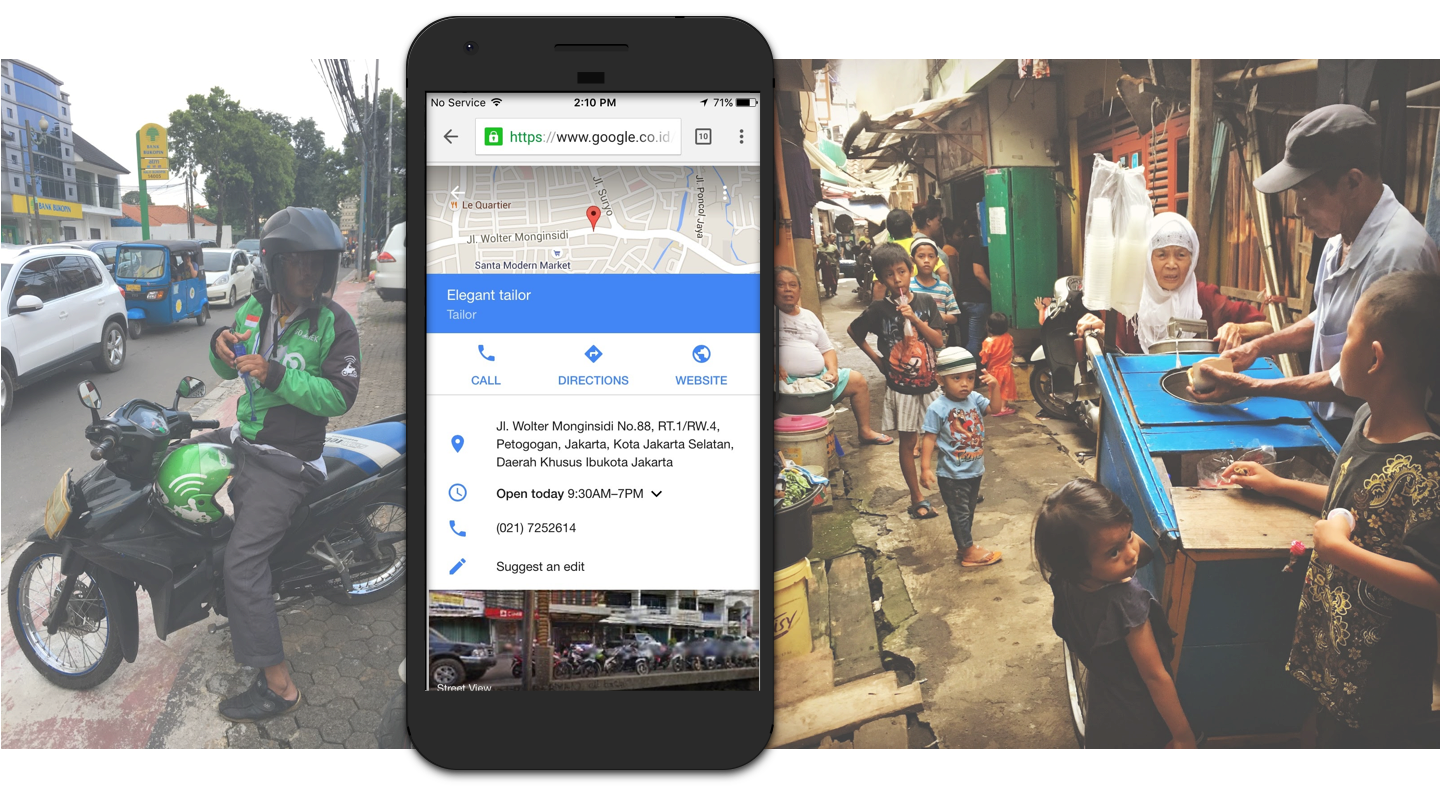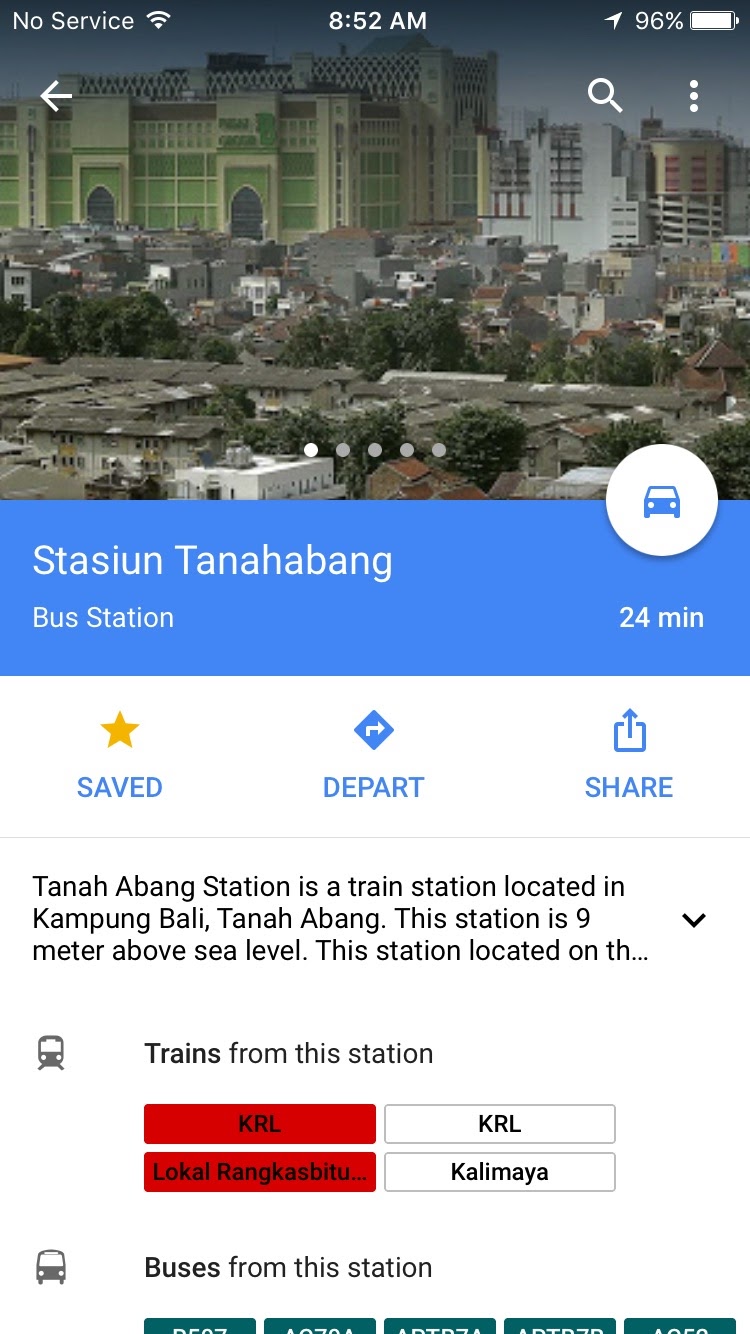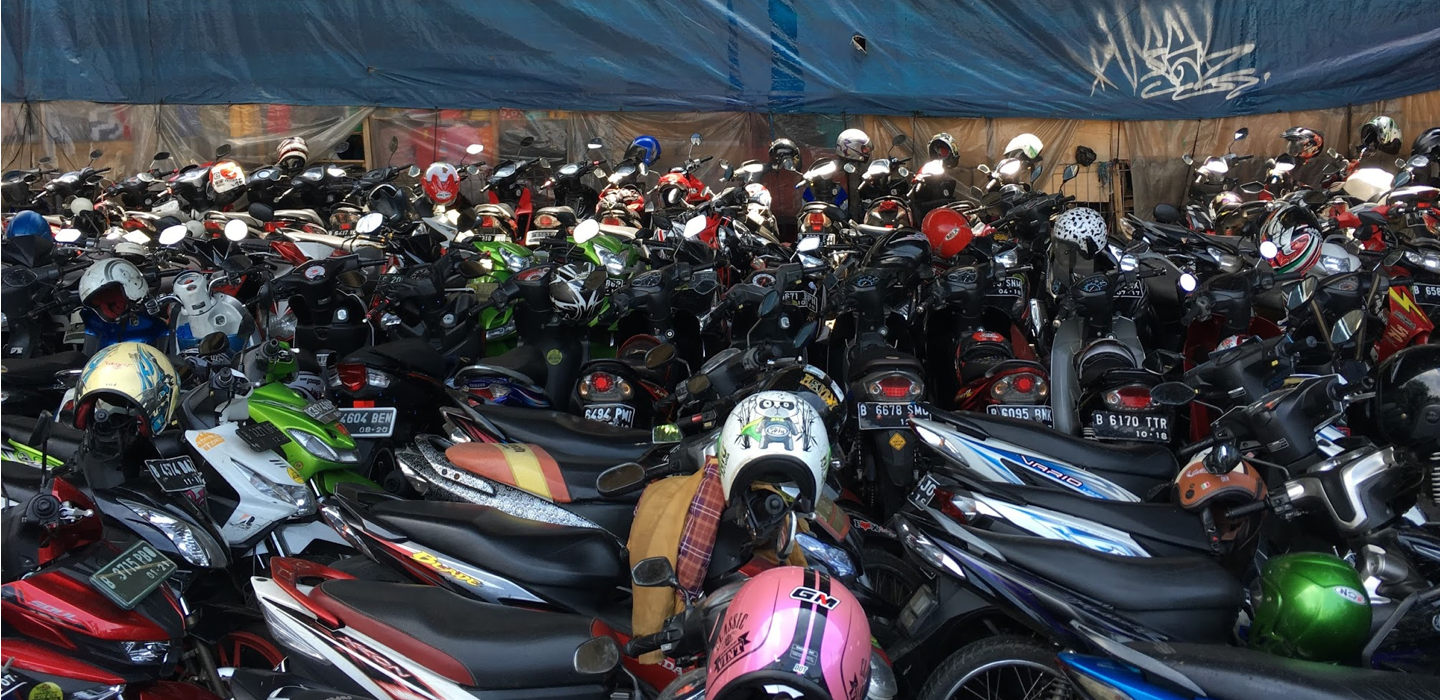
Taming the Urban Jungle in Jakarta

Taming the Urban Jungle in Jakarta, Indonesia
Google Maps and Google’s Local Search serves over a billion users every month around the world, but the majority of content and features are designed for US users, by US-based designers and engineers. Looking ahead, the next billion users of Google’s products will come from vastly different and rapidly growing markets -- places like India, Indonesia, and Brazil. To understand the future of Maps and Local and anticipate users’ needs from these locales, we created a multi-site international research program that immersed engineers, PMs, designers, and directors in the unique problems and opportunities of Google’s burgeoning international userbase.

Methods
As a research lead for Jakarta, Indonesia, I led a team of 12 engineers, product managers, designers, and area leads for a week of immersive field research in Jakarta. As part of a larger team research project across 3 other cities - Delhi, Amsterdam, New York, we dedicated 1 week to in-lab usability testing on locals’ phones in their native language, and 1 week on in-home interviews and immersion scavenger hunt activities with the entire team. We wrapped with a team-wide analysis day leading to a final report by end of trip with each team member summarizing learnings from a participant they met.

Insights
We learned that in India and Indonesia, mobile is essentially the only way people access the internet, leading to habits and mental models that are quite different from the US. With importance of mobile, phone memory, data usage, and battery life are critical concerns, leading users to invent creative workarounds to cope (multiple SIMs, extra battery packs and wifi boosters, turning off location and wifi, clearing and resetting phone constantly). Web content in native languages is often lacking, so people turn to user-generated content on apps like Facebook, Instagram, WhatsApp, Path, Zomato instead of websites. Maps and navigation was less frequently used because it didn’t support unique needs like 2-wheeler modes or offline access.

Outcomes
While we already knew search quality and the Maps experience was lacking in India and Indonesia, we had trouble getting attention from leads to prioritize improvements. After immersing the team and introducing them to real people who use these products, we expanded the mindset of product and engineering leads across Google’s Geo org to think beyond their Bay Area bubble. The Urban Jungle project rallied resources to build specific features for India and Indonesia: 2-wheeler mode, offline access, location opt-out, and tappable search suggestions. We also got commitment for a followup India research project the following year with director and VP-level participants.

My Role
One of 12 research leads on a 4-city project. Designed and executed 2 week field immersion for Jakarta. Led synthesis and communication efforts for Indonesia and Local Search post-immersion.
